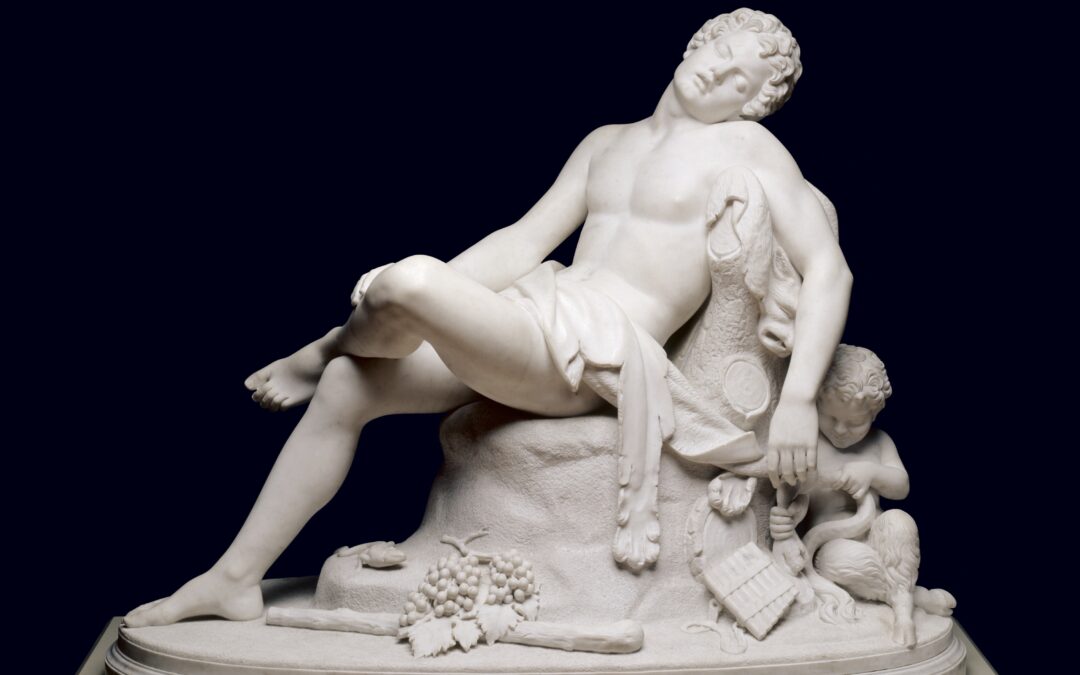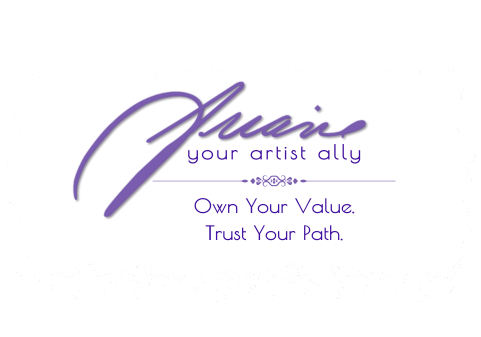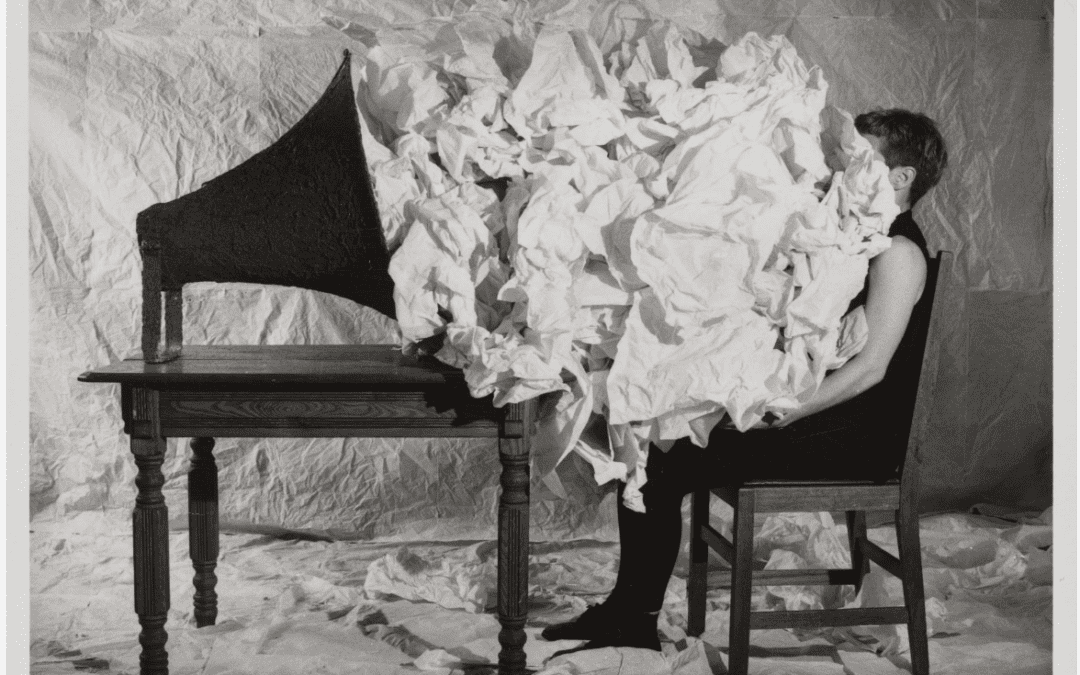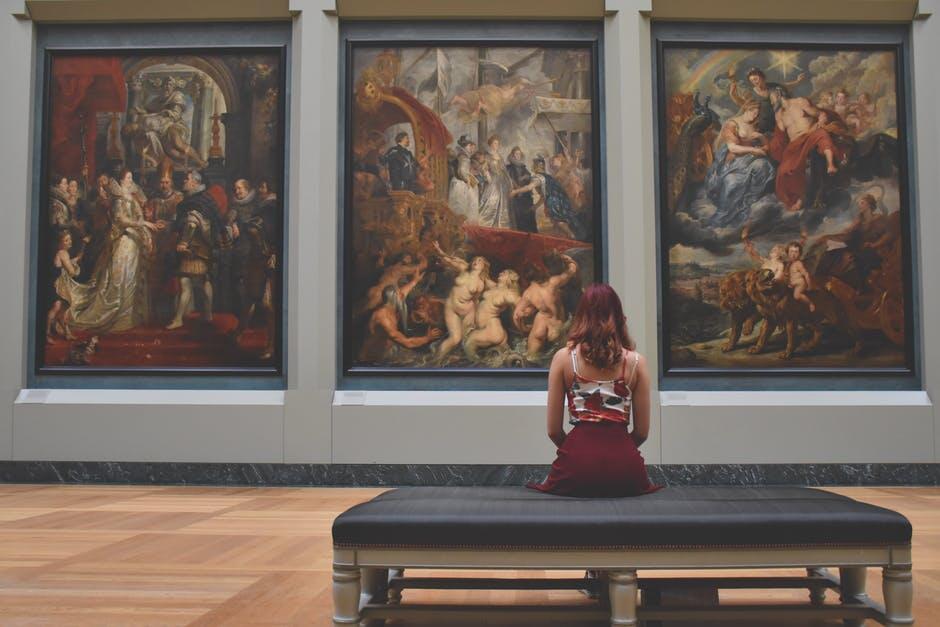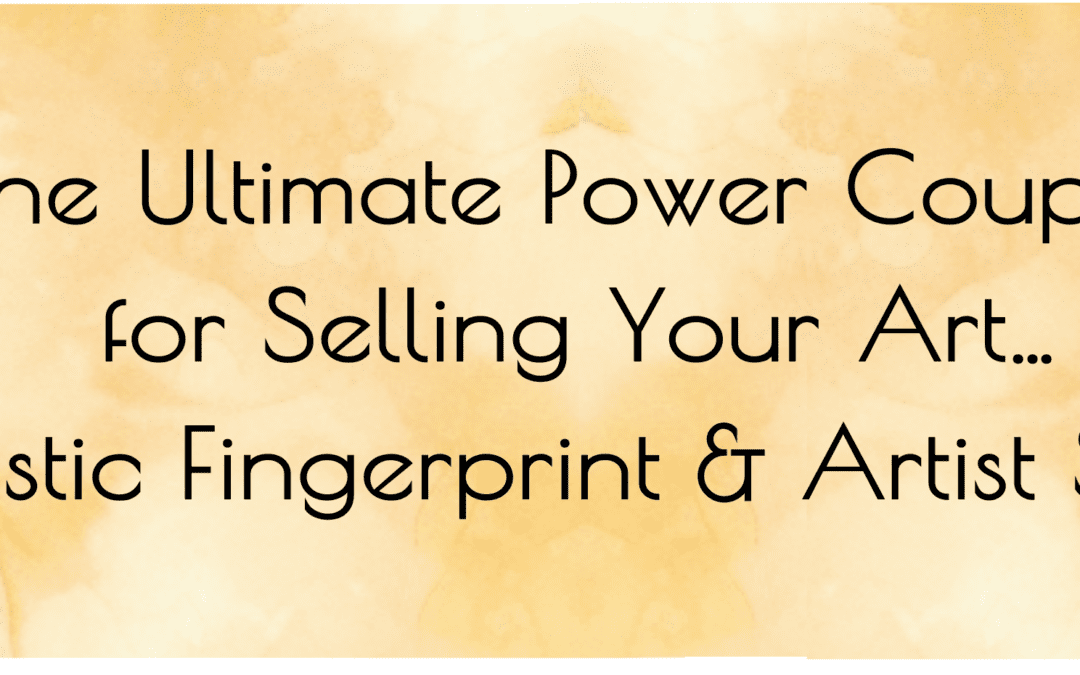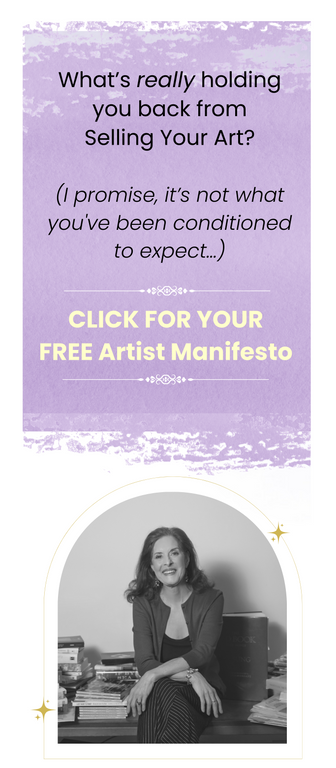Finally, my jaunty narcissus, with their delicate fragrance and puff of cream, have officially broken into a song of Spring. Of course, this cheery outdoor bloom is a bit offset by all the crunchy, brown leaves and dried out twigs scattered around them. But, hey!...
